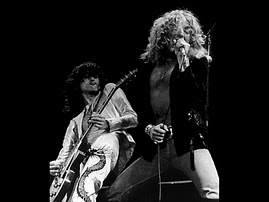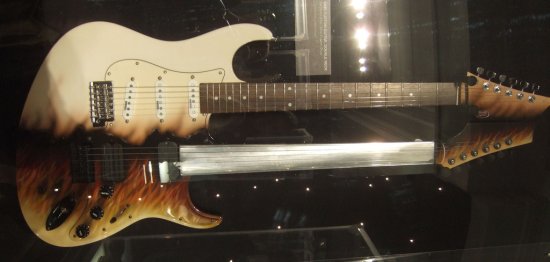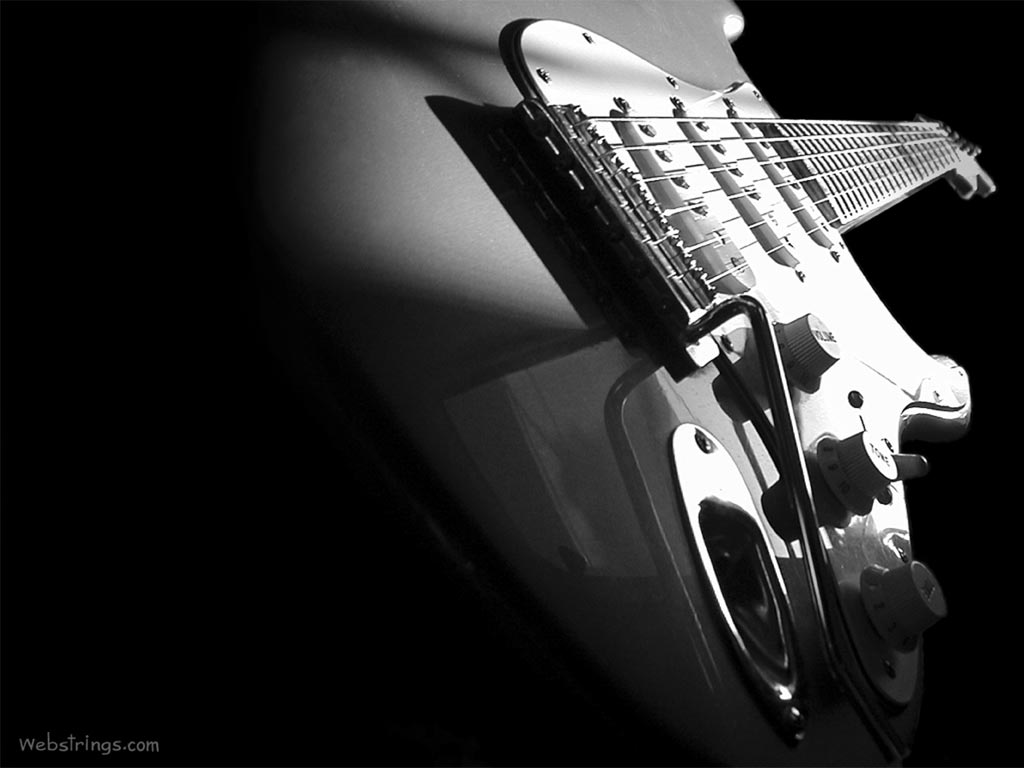Where does the term "Rock and Roll" means?
"Rock" is derived from the Old English roccain, meaning "to pull, tear, move". The earliest recorded use of the term in literature can be found in the lullaby "Rock-a-bye Baby " from 1805.
"Roll" is derived from the Latin rotula meaning, "small wheel". The phrase "Rocking and Rolling," a metaphor used by seamen to describe the motion of a ship, dates from the 17th century.
By the 1920s, "rocking and rolling" became a popular double entendre referring to either dancing or sex. Trixie Smith's 1922 blues ballad, "My Man Rocks Me" (With One Steady Roll) may be the first use of the phrase in song.
Alan Freed, a disc jockey in Cleveland, Ohio used the phrase, "The Rock and Roll Session" to describe the amalgamation of rhythm and blues and country music he played during his show. As his radio show gained popularity, so too did the phrase.
Rock and roll started in the late 1940s, having evolved largely from Rhythm and Blues, Country Western / Honky Tonk, and Gospel music. The tempo of the songs were generally very fast, and lyrics usually took a back seat to the beat, if there even were lyrics at all. The beat of early rock and roll is pretty much always a boogie woogie blues rhythm with an accentuated backbeat, the latter almost always provided by a snare drum.

A musical style born in the late 40's out of jump blues and incorporating the saxophone based rhythms of that form with as varied influences as the electric guitar of blues, the steady beat of swing, the pounding piano of boogie woogie, the fervor of gospel, the intense romantic longing of pop harmony groups and the looseness of country, with songs focusing on the viewpoints of the accepted moral boundaries of the times.
Its primary practitioners were young black artists appealing to the post-war community's need for excitement, dancing and increasing social freedoms. In the mid-50's,white teenagers became equally entranced by the style. The music however is not restricted to any race, gender, or point of origin either by performers or audience, and its inclusiveness is one of its greatest strengths.



